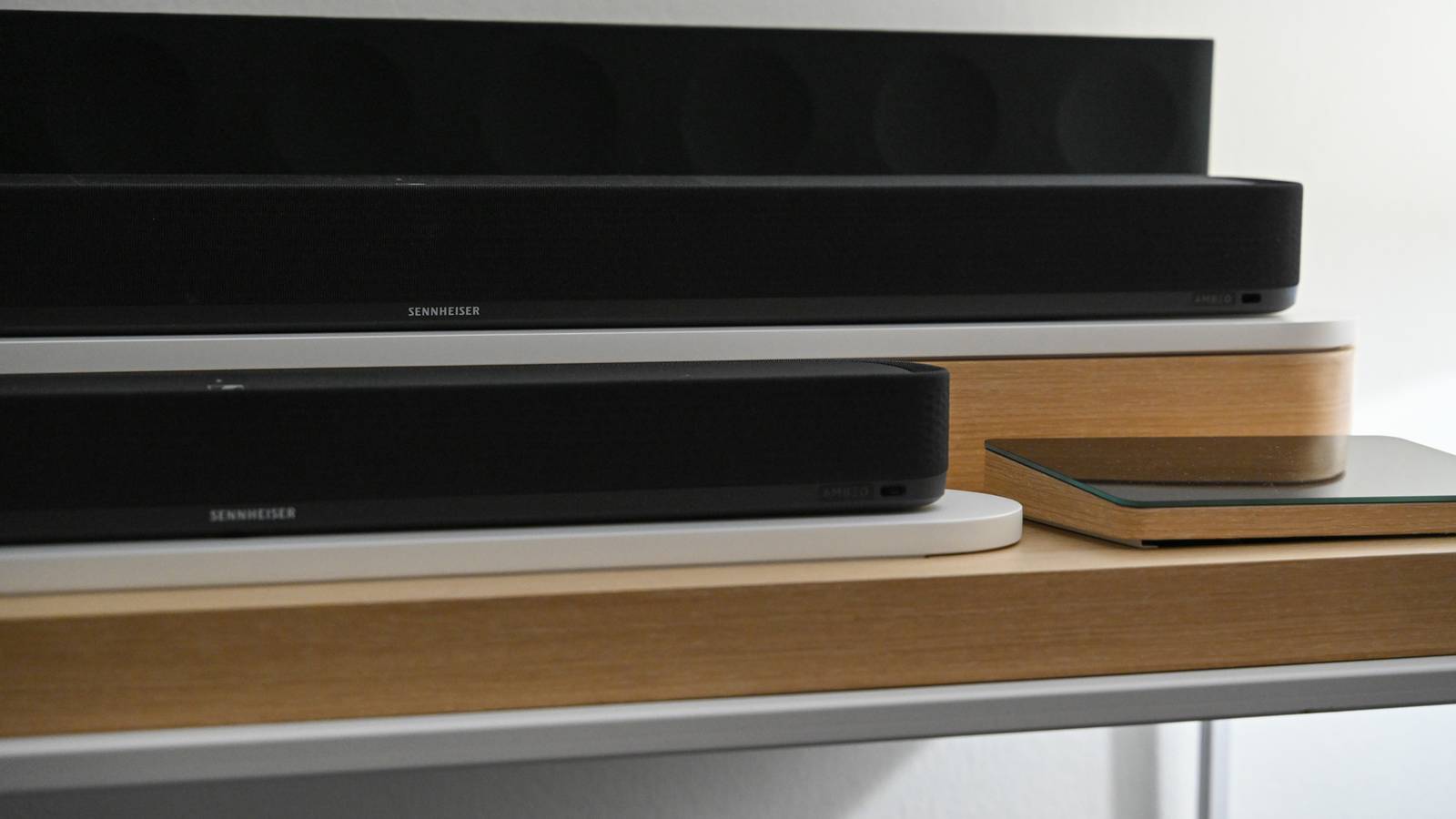For too long, revenue leadership has been a theatre of anecdotes.
We romanticise closers, celebrate instinct, and rehash war stories about the “deal that changed the quarter.” But behind closed doors, most GTM leaders are flying blind and in fact, chasing outcomes without understanding the mechanics behind them.
I’ve had the opportunity to lead and scale sales teams at some of the fastest-moving tech companies on the planet, Uber, Deliveroo, Tripadvisor, and launched fintech plays inside a B2B marketplace at Foodbomb. Across each chapter, one truth has crystallised:
Revenue is not a story. It’s a system.
And the fact of the matter is, most leaders don’t know how it works.
From Intuition to Instrumentation
The typical GTM leader operates like a pilot with no dashboard. They know altitude (revenue), but not throttle (effort), drag (skill gaps), or airspeed (deal velocity). So when things go off course, their answer is always the same: “Do more.”
More calls. More meetings. More pipeline.
But “more” isn’t a lever. It’s a plea.
What modern revenue leadership needs is a shift in mindset: from intuition to instrumentation. From activity for its own sake to systems that compound. That’s why I built a model I call GEAR.
The GEAR Framework: Turning Revenue into a Precision Machine
GEAR is not another coaching acronym. It’s a diagnostic system. A way to understand, debug, and accelerate your commercial engine.
This framework forces clarity. It shows you where the system is breaking and more importantly, where to intervene first.
Most Reps Don’t Have a Quota Problem. They Have a GEAR Jam.
At Foodbomb, we rolled out a credit financing product, BombPay, that reshaped how restaurants managed cash flow. But we didn’t launch it with blind enthusiasm. We applied GEAR from day one:
|
Goal |
Effort |
Ability |
Rhythm |
|---|---|---|---|
|
Move $500K in invoice financing within 90 days |
Targeted outreach to 150 high credit venues |
Scripted objection handling around risk and credit scoring |
Weekly pulse checks on proposal velocity and deal conversion |
The result? Over 4x uplift in average venue spend, and a monetisation engine that generated more margin than our core product in some segments. This wasn’t “great sales.” It was great sytems.
Why GEAR Outperforms Traditional Frameworks
Popular frameworks like MEDDPICC, SPICED, and REKS are useful but they assume your machine is functional. GEAR assumes it isn’t. It’s built for founders, CROs, and revenue leaders diagnosing problems in real time.
It doesn’t describe your deals. It tells you where to act.
When a rep is underperforming, don’t ask, “What’s your pipeline?” Ask:
- Are they clear on their Goal?
- Are they putting in the right Effort?
- Do they have the Ability to close?
- Is their Rhythm off?
Answer those questions, and quota becomes the byproduct, not the obsession.
The Future CRO is a Systems Designer
We’re entering a new era. One shaped by AI co-pilots, async buying journeys, and product-led growth. Instinct won’t cut it. Storytelling won’t scale. The commercial leader of the future isn’t a motivator or even a strategist—they’re a systems designer.
And like any great system, revenue should be:
GEAR is a step in that direction. It doesn’t just explain what happened. It shows you where to go next.
Closing Thought: Leadership is No Longer a Vibe
If you’re leading a revenue team in 2025 and still managing on vibes, dashboards, and Slack “nudges,” you’re not a leader. You’re a spectator.
To win today, you need to shift from storyteller to system builder.
From manager to mechanic.
From gut feel to GEAR.
Because when revenue is jammed, you don’t need more fuel.
You need to fix the engine.














